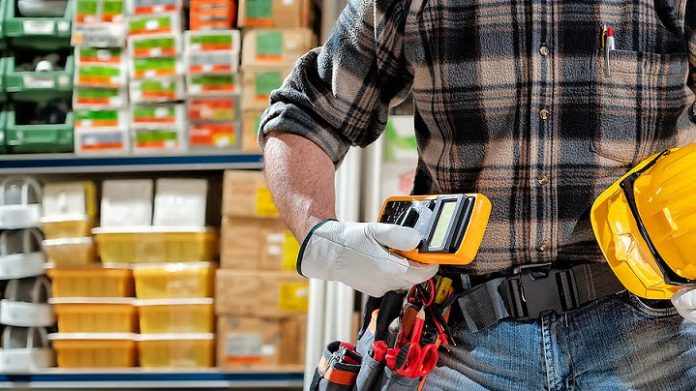Eye protection is vitally important when working with power tools and wood, plasterboard, metal and poly fittings, conduit or housings.
When you buy eye protection, make sure you look for safety glasses with hard coated lenses to give long life. Depending on the nature of your work and the depth of your pocket, you may also want to buy to hydrophobic/anti-fog glasses. These have a coating backed onto their surface that repels water molecules.
Not only will this sort of eye protection minimise fogging, it will also get rid of static build-up that attracts particles of dust, causing tiny scratches on the surfaces of glasses over time, including when cleaning lenses. Anti-fog coatings are also resistant to chemicals like acetone, hydrochloric acid, isopropyl alcohol, turps and a bunch of other nasty stuff your eyes can do without.
An indoor-outdoor lens is designed to protect against both bright sunlight and harsh overhead lights. For example, it is helpful for workers who frequently move from a warehouse to an outside stocking area and vice versa. Dark tinted lenses are available to protect against blue light and short-duration electric arcs. Tinted lenses should not affect colour perception. True colour grey (TCG) lenses are especially effective if a worker needs to see colours for electrical wiring applications, when encountering traffic signals, and so forth.
There are also tinted lenses are available in many safety spectacle styles. Although these lenses absorb 100 percent of UV radiation, they are not shaded absorptive lenses. With the approval of a safety director, tinted lenses can be used both indoors for specialty purposes and outdoors as a safety spectacle.
If you need to know more, both the ANSI Z87.1 and OSHA 1910.133 standards contain selection charts for shaded lenses for welding, cutting, and related applications. The CSA Z94.3 standard also lists shaded numbers and their maximum transmittance values for UV, IR, and visible light transmission.
#sen.news











